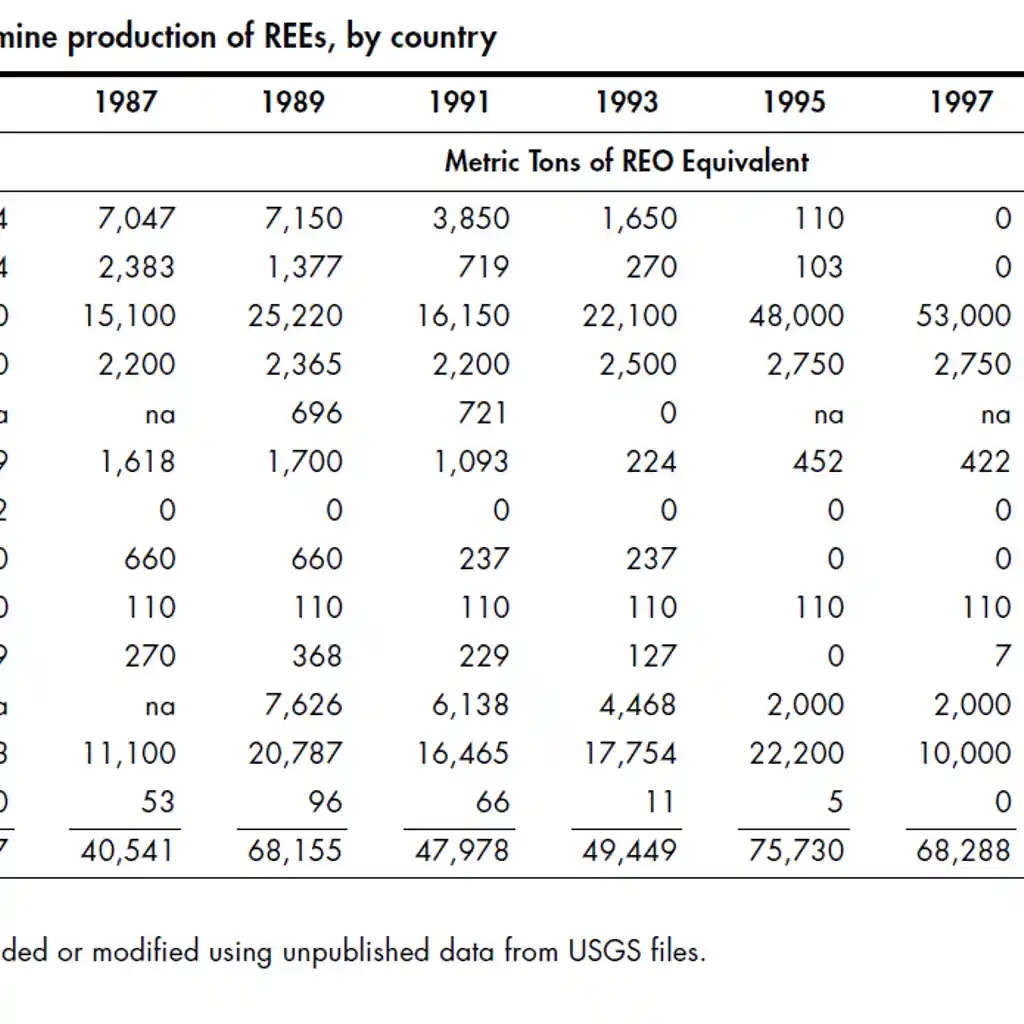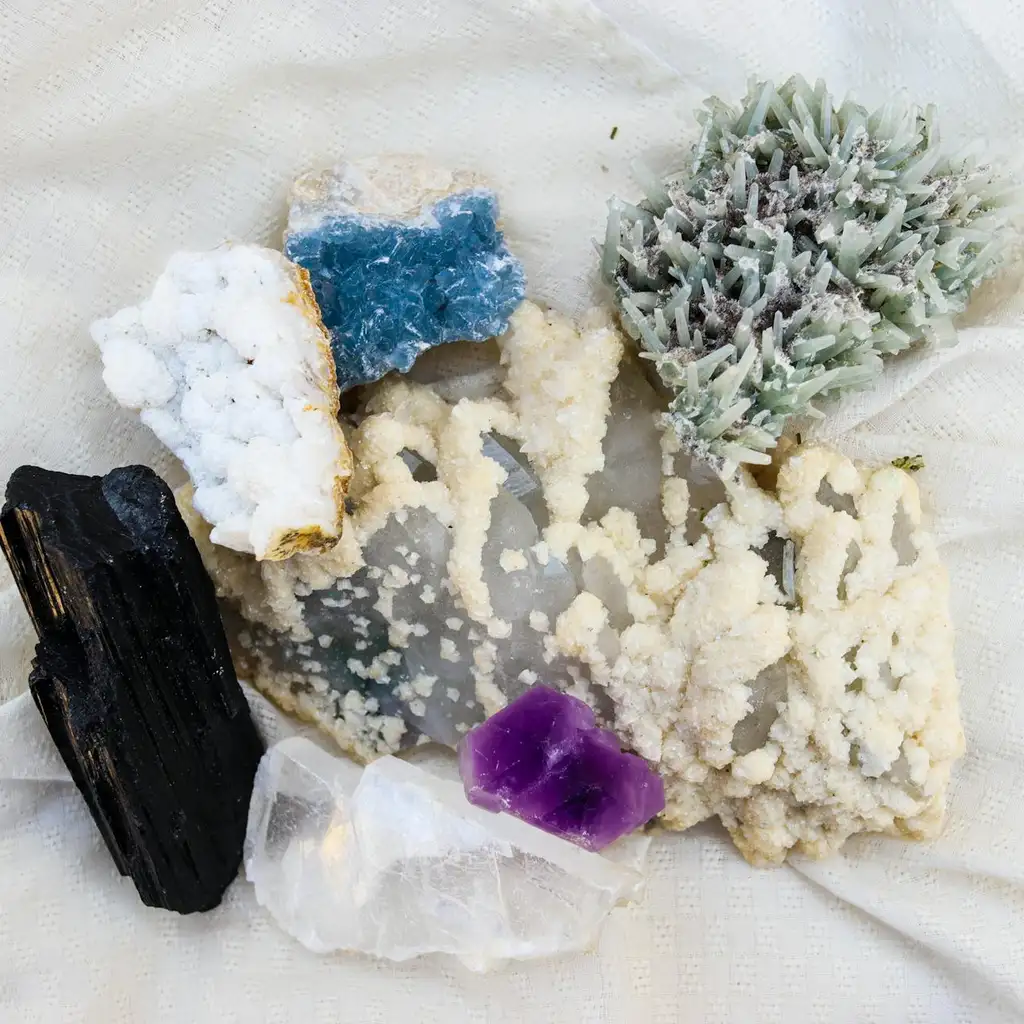In a groundbreaking collaboration, researchers from the U.S. Army Engineer Research and Development Center’s (ERDC) Environmental Laboratory have embarked on a mission to assist the Dominican Republic in the exploration of rare earth elements (REEs). These elements, crucial for the manufacturing of modern technologies such as smartphones, computer hard drives, and flat-screen televisions, are found at the bottom of the periodic table and are known for their scarcity in concentrations viable for economic mining.
The initiative was set in motion through a partnership between the Department of Defense (DoD) and the Department of State (DOS) embassy in Santo Domingo, responding to a request for an Embassy Science Fellowship (ESF). The ESF aimed to provide the Dominican Republic’s government, specifically the Ministry of Energy and Mining (MOEM) and the National Geological Service, with expert technical assistance in the geochemical exploration and potential exploitation of REEs in the country’s remote areas.
Dr. Mark Chappell, a Senior Scientific Technical Manager at ERDC with extensive expertise in soil geochemistry, led the team. Alongside Dr. Yoko Slowey, Charles Andros, Christine Young, and Paige Fowler, Chappell conducted a three-month preliminary study focusing on identifying the distribution and concentration of REEs in the Dominican Republic. Stationed along the western edge of the country near the Haitian border, the team explored the highlands of the Pedernales District, a region discovered to possess high concentrations of rare elements.
The challenge in mining REEs lies in finding them in concentrations that are economically viable. To address this, the ERDC team employed portable x-ray fluorescence technology, allowing for the remote detection of these elements without the need for a dedicated laboratory. This innovative approach, coupled with their expertise in soil geochemistry, enabled the team to identify high concentrations of REEs in the region’s soil, suggesting that their exploitation could be environmentally sustainable.
Following their findings, the researchers briefed the President of the Dominican Republic and proposed the next phase of exploration, which involves obtaining U.S. Army Corps of Engineers Foreign Assistance funds for a deeper investigation into the chemical extraction of REEs.
This collaboration highlights the ERDC Environmental Laboratory’s global impact and its unique expertise in applying environmental and regulatory knowledge to address Department of Defense issues. The project not only aims to secure vital engineering solutions and energize the economy but also to reduce disaster risk, demonstrating the significant contributions of ERDC researchers to international environmental and economic development.








